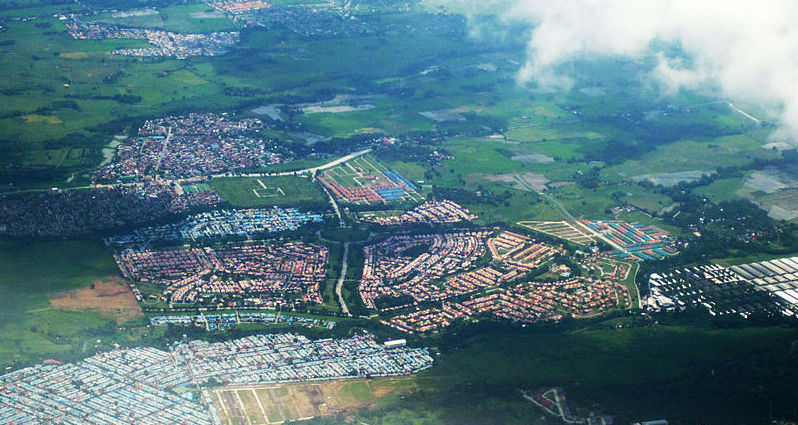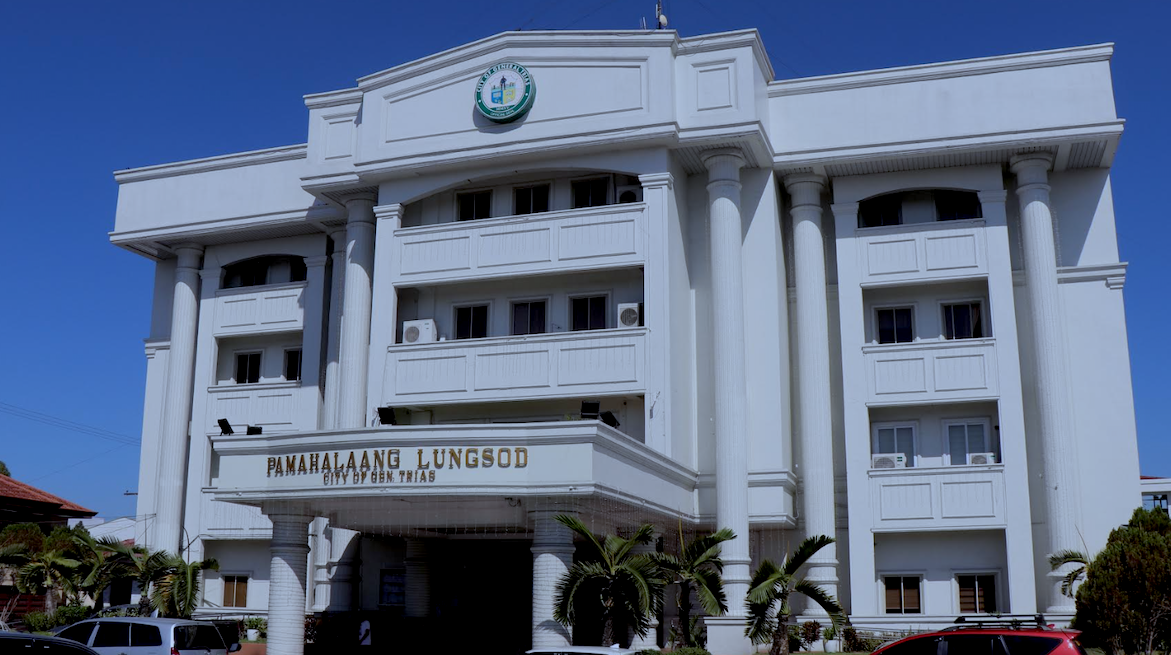City of General Trias
Named after Saint Francis of Assisi, the Municipality of San Francisco de Malabon was established on December 13, 1748. The name Malabon is believed to have originated from "Labong" (bamboo shoot) or "mayabong" (luxuriant), referring to the lush vegetation in the area. The former is considered more likely as General Trias, also known as Labong, frequently used the word in his writings and conversations.
Originally, the municipality of San Francisco de Malabon covered a larger area, including what is now known as Tanza (formerly Sta. Cruz de Malabon or Malabon El Chico) and Rosario (previously Tejeros of Salinas during the revolution). On June 14, 1788, Doña Isabel Gomez de Cariaga purchased this extensive land, part of the Hacienda de San Francisco which was owned by the friars. At the town’s center is an old church built by the Franciscan Missionaries in 1611, where our National Anthem “Lupang Hinirang” was rehearsed. It was first by the San Francisco de Malabon Band during the proclamation of our independence on June 12, 1898.
The first uprising in the province, known as the "First Cry of Cavite," took place in Pasong Kalabaw (now known as Sta. Clara) on August 31, 1896 at around ten in the morning, led by Filipino revolutionaries such as Mariano Trias, Diego Mojica, and Nicolas Portilla. This event preceded similar uprisings in Noveleta and Kawit (Cavite El Viejo). Notably, the revolution in Cavite began just five days after the famous "Cry of Balintawak" on August 26, 1896.
The Sangguniang Bayan Magdiwang, led by General Mariano Alvarez of Noveleta and the Sangguniang Balangay Mapagtiis of San Francisco de Malabon, merged to form the Magdiwang Council under the presidency of Alvarez. After the arrival of Andres Bonifacio in Cavite, the council was reorganized with Bonifacio as the Katipunan Supremo (Haring Bayan) and Mariano Alvarez as the Pangalawang Haring Bayan. This arrangement lasted from early December 1886 until the Tejeros Convention on March 22, 1897, where the Revolutionary Government replaced the Katipunan. During the same convention, General Emilio Aguinaldo was elected (in absentia) as president.
Having served alongside General Aguinaldo throughout the Revolution and the Philippine-American War, General Mariano Trias assumed the role of the first provincial governor of Cavite under the American administration. Following the outbreak of the war on February 4, 1899, he was appointed by Aguinaldo as the supreme civilian and military commander of Southern Luzon while also holding the position of secretary of the treasury in the Mabini Cabinet.
However, General Trias underwent a profound reassessment of his stance in the revolution 23 days after Aguinaldo's capture by the Americans on March 23, 1901, in Palanan, Isabela. In a letter to General Miguel Malvar, his second-in-command, General Trias expressed his belief that achieving independence through armed struggle had become exceedingly challenging, if not impossible. Consequently, he chose to surrender to the Americans with the aim of pursuing independence through “lawful and peaceful means”. In contrast, General Malvar opted to continue the war until his forces, plagued by battle fatigue and shortages of essential supplies, virtually deserted him, ultimately compelling his surrender on April 16, 1902.
On the 24th day of February 1920, through legislation proposed by Emilio P. Virata during his tenure as Cavite's representative from 1919 to 1921, the Senate and House of Representatives of the Philippines approved Act No. 2889, which changes the town’s former name Municipality of Malabon to General Trias.
At present, General Trias is a progressive area in the Province of Cavite, where the nostalgia of history, richness of culture and wave of modernization meet, making it a perfect destination for those looking for the right blend of the old and the new worlds.
In December 2015, following a plebiscite that supported its cityhood, the City of General Trias officially attained city status, becoming the 145th city in the Philippines and the 7th in the province of Cavite. This transition significantly accelerated the city's economic progress and the establishment of thriving communities. Effective local governance, characterized by efficient resource management and manpower utilization, remains pivotal in ensuring the delivery of services to the residents of General Trias.


Heneral Mariano Trias
Mariano Closas Trias was born in Cavite and is regarded as the first de facto vice president of the Philippine Revolutionary Government. Trias, one of the Katipunan's bravest generals, was also a prominent nationalist and Cavite's protector against the repressive Spanish rule in the Philippines. He founded the Nacionalista Party chapter in Cavite, and on February 22, 1914, he passed away after an appendectomy at the Philippine General Hospital while serving as the province's acting governor. Although he was laid to rest in Manila, his remains were moved to his homeland in 1923. In February 1920, the municipality of Malabon was finally changed in his honor. Today, General Trias is a proud reminder of the progressive city's meaningful past.

